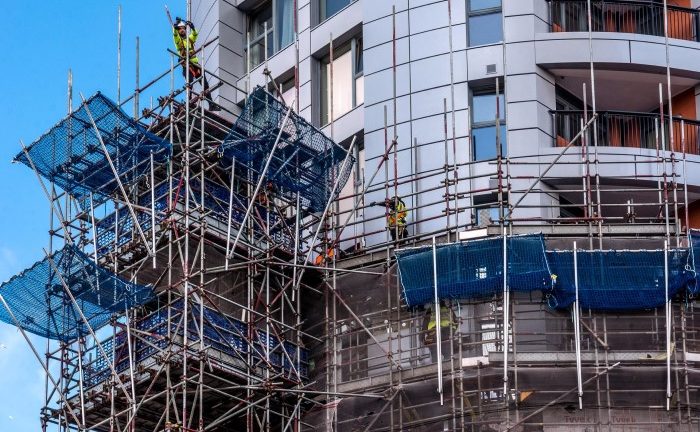Are left-turn accidents a nightmare for motorcyclists? Discover the truth behind left-turn accidents and motorcycle injuries. Who’s really at fault? Dive into this comprehensive guide for expert insights and tips.
Introduction
Left-turn accidents involving motorcycles are among the most devastating incidents on the road. These accidents can result in severe injuries or even fatalities due to the vulnerability of motorcyclists. But who bears the responsibility in such collisions? Let’s delve into the complexities of left-turn accidents and motorcycle injuries to uncover the truth.
Understanding Left-Turn Accidents
Left-turn accidents occur when a vehicle makes a left turn across the path of an oncoming motorcycle. These accidents often happen at intersections, where drivers fail to yield to motorcyclists or misjudge their speed. The consequences can be catastrophic, leading to life-altering injuries and significant property damage.
Left-turn accidents typically occur due to various factors, including distracted driving, impaired visibility, and misjudgment of distance and speed. Motorcyclists are particularly vulnerable in these situations, as they have less protection compared to occupants of enclosed vehicles.
Factors Contributing to Left-Turn Accidents
Left-turn accidents can be attributed to several factors, including:
- Driver Distraction: Distractions such as texting, adjusting the radio, or engaging in conversation can divert a driver’s attention from oncoming traffic, increasing the risk of a collision.
- Failure to Yield: Some drivers fail to yield the right-of-way to oncoming motorcycles when making left turns, leading to dangerous situations at intersections.
- Poor Visibility: Factors such as blind spots, obstructions, or adverse weather conditions can impair a driver’s ability to see approaching motorcycles, increasing the likelihood of an accident.
Who’s at Fault in Left-Turn Accidents?
Determining fault in left-turn accidents involving motorcycles can be complex and often requires a thorough investigation. While the driver making the left turn is typically presumed to be at fault, various factors may influence liability.
Liability Considerations:
- Failure to Yield: If the driver fails to yield to the motorcyclist when making a left turn, they are likely to be deemed at fault for the accident.
- Speed and Visibility: Factors such as the speed of the motorcyclist, visibility at the intersection, and adherence to traffic signals may impact liability.
- Comparative Negligence: In some cases, both parties may share responsibility for the accident due to contributory negligence, affecting the allocation of fault.
Motorcycle Injuries in Left-Turn Accidents
Motorcyclists involved in left-turn accidents often suffer severe injuries due to the lack of protective barriers. Common injuries include:
- Traumatic Brain Injuries (TBIs): Head injuries are prevalent in motorcycle accidents and can have long-term consequences for the rider.
- Spinal Cord Injuries: Impact forces from collisions can result in spinal cord injuries, leading to paralysis or loss of mobility.
- Fractures and Orthopedic Injuries: Broken bones and orthopedic injuries are common among motorcyclists involved in accidents, requiring extensive medical treatment and rehabilitation.
Legal Recourse for Injured Motorcyclists
Injured motorcyclists may pursue compensation for their injuries and damages through personal injury claims. Working with an experienced attorney can help navigate the legal process and maximize the recovery of damages.
FAQs (Frequently Asked Questions)
- What should I do if I’m involved in a left-turn accident as a motorcyclist? Seek medical attention immediately, document the scene, gather witness information, and consult with a personal injury attorney.
- Can weather conditions contribute to left-turn accidents? Yes, adverse weather conditions such as rain, fog, or snow can impair visibility and increase the risk of accidents at intersections.
- How can motorcyclists improve their visibility to drivers? Motorcyclists can enhance their visibility by wearing brightly colored clothing, using reflective gear, and employing defensive riding techniques.
- Is lane splitting legal and safe for motorcyclists? Lane splitting laws vary by state, and while it may be legal in some jurisdictions, it can increase the risk of accidents, especially in congested traffic.
- Are left-turn accidents more common in urban areas? Yes, intersections in urban areas with high traffic volumes are more prone to left-turn accidents due to congestion and complex traffic patterns.
- Can helmet use reduce the severity of injuries in motorcycle accidents? Yes, wearing a helmet significantly reduces the risk of head injuries and fatalities in motorcycle accidents.
Conclusion
Left-turn accidents pose significant risks to motorcyclists, often resulting in devastating injuries and property damage. While fault determination can be complex, understanding the factors contributing to these accidents is crucial for promoting road safety. By raising awareness and advocating for responsible driving practices, we can work towards preventing left-turn accidents and protecting motorcyclists on our roads.



